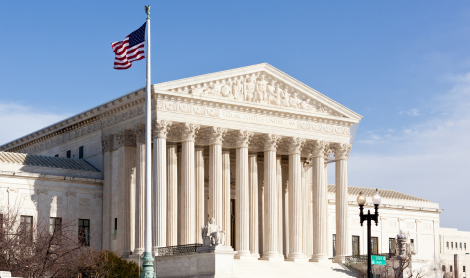Authorizers play a critical role in working with communities to create those opportunities where students thrive.
That’s why NACSA is committed to a more diverse, thriving profession resulting in better and more sustained decision-making, so the profession more closely reflects the students and communities it engages.
Share the myth busters below to help your friends, family, and communities truly understand charter schools. Help clarify the crucial role authorizers play in ensuring all students have access to high-quality, equitable education.
Myth: Charter schools are not public schools.
Reality: Charter schools are always public, free, and open to all students.
Good authorizers make it their mission to give more students access to great schools. They expand choices for parents by opening and growing more great schools. They set clear expectations before new schools open and use strong accountability to ensure they serve students well once they open. If a school isn’t serving students and taxpayers, a good authorizer closes that school and works to ensure students can smoothly transition into better options.
Myth: Charter schools can kick students out whenever they want to.
Reality: With good authorizing, this isn’t possible.
Since charter schools are public schools, authorizers hold schools accountable to providing all public education obligations to students, which includes:
- Non-selective, nondiscriminatory access to all eligible students;
- Fair treatment in admissions and disciplinary actions for all students; and
- Appropriate services for all students, including those with disabilities and English learners, in accordance with applicable law.
Myth: Charter schools aren’t subject to the same oversight as district-run public schools.
Reality: In exchange for increased autonomy, charter schools are overseen by authorizers who hold them to rigorous standards of accountability, support them to meet their commitments, and close any school that isn’t serving students well.
When done well, authorizing is a catalyst for charter school quality and growth. Unfortunately, the quality of charter laws and authorizing institutions varies across the country. This is why we see uneven charter quality and availability, as some authorizers block access, innovation, and growth.
When authorizers over regulate schools, they create the same box-checking, red tape, and one-size-fits-all directives that sparked the creation of charter schooling in the first place. When they create too many obstacles to opening a charter school, they do a disservice to kids and families that need options. And when they turn a blind eye to quality—or completely forgo their responsibilities—they fail children by allowing flailing schools to remain open.
Interested in learning more?
Gain a deeper understanding of why authorizing matters and explore our job board to see if there are jobs near you and others that fit your background and skills.


